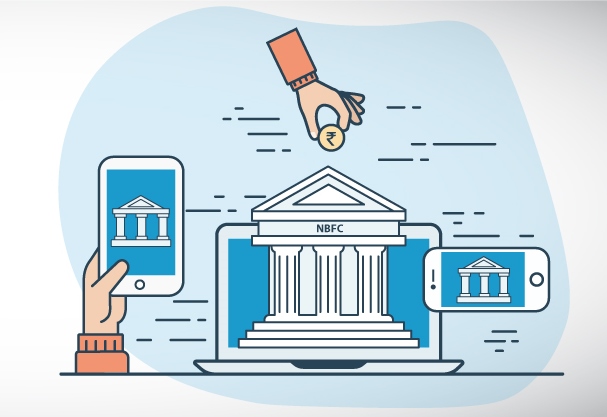A loan balance transfer is a process where you transfer your outstanding loans to a new lender. It is a great facility that can help you re-examine your debt, make changes, and tweak it according to your requirements. In fact, MSMEs can highly benefit by this facility as it can help them with a lower interest rates.
Now, let us get ahead and understand balance transfer in technical terms with its benefits.
So, what exactly is balance transfer?
When you are not satisfied with your current lender, it is wise to choose balance transfer. It is basically transferring your outstanding loans to a new lender who can offer you better benefits. Balance transfer can be done for various types of loans such as home loan, business loan, personal loan and credit card.




